On my recent spring tour to Costa Rica we saw a fair number of frogs and lizards, and I briefly saw but one snake at Bosque del Rio Tigre, too brief to even put a name to it. I’m really looking forward to my July tour, which mostly being on the wetter side of the country has a better chance of coming across more snakes and frogs.
By far the prettiest frog we saw this year (and almost a guarantee on the July tour) was this Agalychnis callidryas, Red-eyed Treefrog at Arenal. When asleep it’s rather cryptic, but it took just a little poke to wake it up.
My co-leader Luke had always wanted to see one of these, ever since he saw a photo of one when he was little. He was pretty excited about this one.
The impossibly large genus Eleutherodactylus has finally been split up. It was the largest genus of vertebrates, and now the several new genera are even placed in separate families, thanks to understanding provided by advances in genetics. This one is the very common Craugastor fitzingeri, Fitzinger's Robber Frog, family Craugastoridae.
The poison dart frogs are still one large family, Dendrobatidae, but now there are also several genera instead one of large one. This Oophaga pumilio, Strawberry Poison-dart Frog, is extremely abundant at some sites in the Caribbean lowlands. This female is more colorful than the males.
This is Phyllobates vittatus, Golfo Dulce Poison-dart Frog, endemic to the Osa Peninsula, and we have to make a special effort to see it on my tour in spring.
This is Boana rosenbergi, Rosenberg's Treefrog, one of the larger, huge-footed tree frogs also referred to as Gladiator Frog. Formerly in the genus Hyla, then Hypsiboas, there is apparently a recently published clarification of a long-standing nomenclatural confusion.
This is Scinax boulengeri, Boulenger's Snouted Treefrog, from the lowlands of both slopes in Costa Rica.
This is Rhaebo haematiticus, Litter Toad, and has a very similar distribution to the one above.
Basiliscus basiliscus, Common Basilisk, is abundant along the stream at Bosque del Rio Tigre, and this one often came to the bird feeder to snack on bananas.
We found this Norops biporcatus, Green Tree Anole, on one of our night walks at Bosque del Rio Tigre.
This Thecadactylus rapicauda, Turnip-tailed Gecko, was on the rafter just above the stairs to the rooms at Bosque del Rio Tigre. Interestingly, they do not have any other otherwise abundant non-native geckos at this lodge.

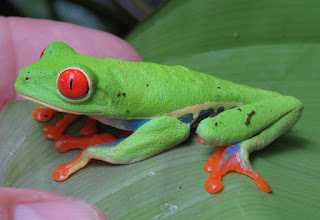



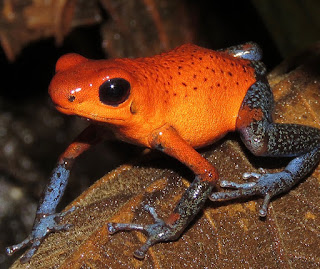
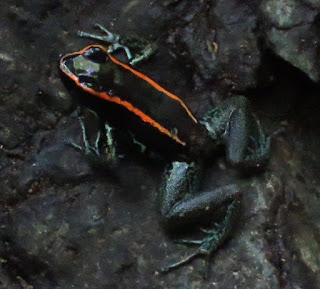

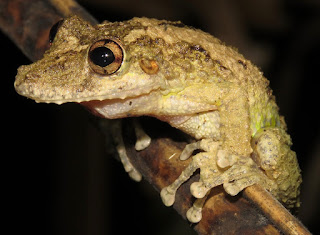
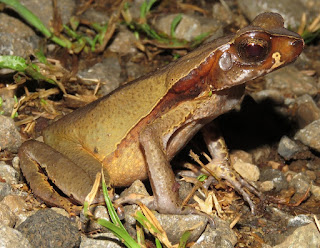

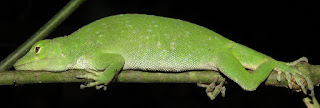






No comments:
Post a Comment